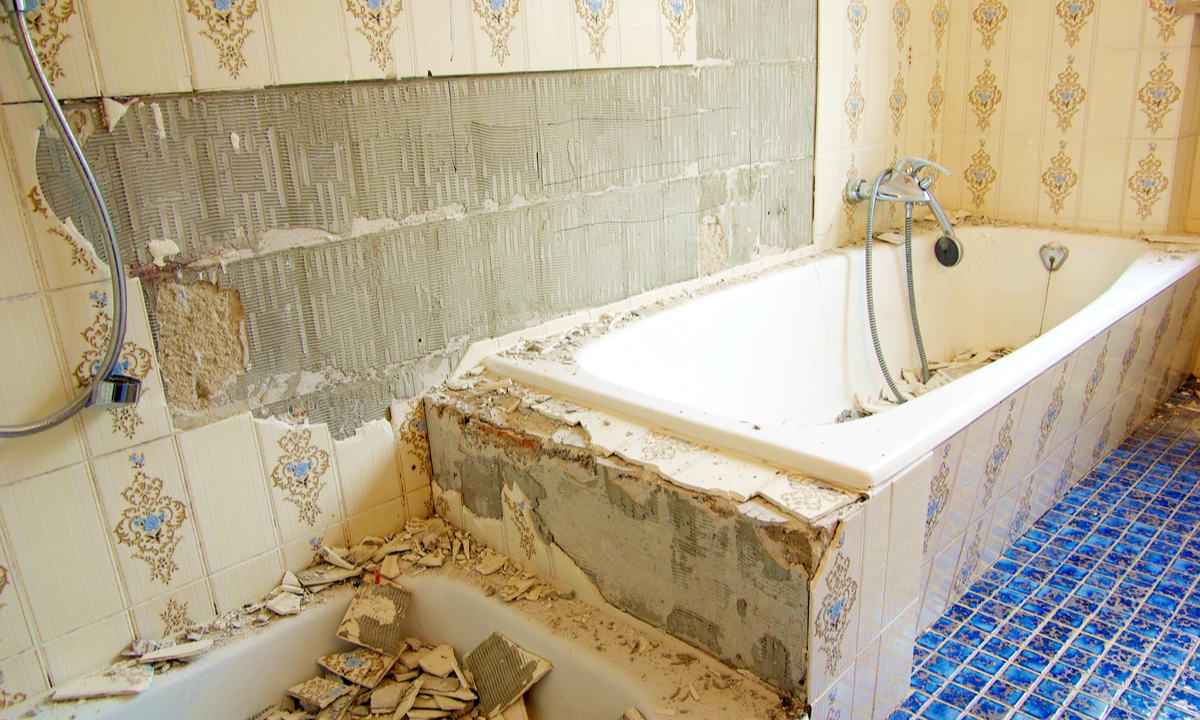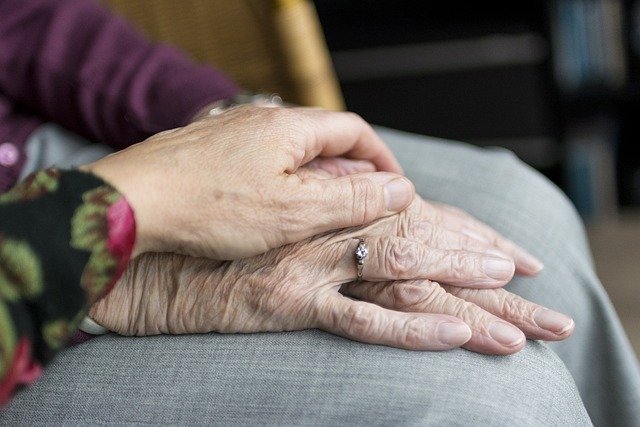Government Grants for Bathroom Remodels in Canada: How to Save on Your Renovation
Government grants for bathroom remodels in Canada provide essential support for accessibility-focused renovations, enhancing living conditions for seniors and those with disabilities. Programs like Ontario’s HVMP and nationwide initiatives such as the Enabling Accessibility Fund offer substantial aid. Insight into these funding options empowers Canadians to optimize their home renovations while easing financial burdens.

Understanding Government Grants for Bathroom Remodels in Canada
Government assistance for bathroom renovations in Canada typically falls into several categories. The most common are accessibility modifications, energy efficiency improvements, and home renovation tax credits. Each program has specific eligibility requirements, application processes, and funding limits. For instance, accessibility grants often require medical documentation or proof of disability, while energy efficiency programs may require pre and post-renovation assessments by qualified energy advisors. Most grants are designed to reimburse a percentage of your costs rather than covering them entirely, and many operate on a first-come, first-served basis with limited annual funding.
Popular Programs and Their Benefits
The Home Accessibility Tax Credit (HATC) is one of Canada’s most widely used programs for bathroom renovations. This federal tax credit allows eligible individuals to claim up to $10,000 in qualifying expenses for making homes more accessible, resulting in a maximum tax reduction of $1,500. Qualifying bathroom modifications include installing walk-in tubs, grab bars, wheel-in showers, and widened doorways. The Canada Mortgage and Housing Corporation (CMHC) also offers the Home Adaptations for Independence program in some provinces, providing financial assistance for accessibility modifications for low-income seniors and people with disabilities.
For energy-efficient bathroom upgrades, the Canada Greener Homes Grant offers up to $5,000 for improvements that reduce energy consumption, including water-efficient fixtures and heating systems. Provincial programs like Ontario’s Energy Affordability Program and British Columbia’s CleanBC Better Homes program provide additional incentives for energy-saving bathroom fixtures and water heaters, with rebates ranging from $25 for low-flow toilets to several hundred dollars for energy-efficient water heating systems.
National Support and Tax Credits
Beyond specific renovation grants, several national-level tax credits and deductions can help offset bathroom remodeling costs. The Medical Expense Tax Credit may apply if bathroom renovations are necessary for medical reasons, such as installing therapeutic tubs or accessibility features recommended by a medical practitioner. This credit allows you to claim eligible medical expenses that exceed either 3% of your net income or a specific threshold amount, whichever is less.
The Multigenerational Home Renovation Tax Credit, introduced more recently, provides up to $7,500 in tax relief for families creating a secondary unit to allow an eligible family member to live with them. This could include adding an accessible bathroom for aging parents or family members with mobility needs. Additionally, some provinces offer seniors’ home renovation tax credits that can be applied to bathroom modifications that improve safety and accessibility, with programs varying by province in terms of coverage and eligibility.
Combining Programs for Maximum Benefit
One of the most effective strategies for funding a bathroom remodel is combining multiple grant programs and tax credits. This approach requires careful planning but can significantly increase your total savings. For example, you might qualify for both the federal Home Accessibility Tax Credit and a provincial rebate program for the same renovation project. Similarly, installing energy-efficient fixtures might qualify for both energy efficiency rebates and general renovation tax credits.
To maximize benefits, document all aspects of your renovation separately, as different components may qualify under different programs. For instance, installing a new water-efficient toilet might qualify for a water conservation rebate, while grab bars installed during the same renovation could qualify for an accessibility credit. Working with contractors who understand these programs and can provide itemized invoices that clearly separate labor and materials costs for different components of the project is highly advantageous for this approach.
Regional and Specific Programs
Bathroom renovation support varies significantly across Canadian provinces and territories. Quebec’s RénoRégion program offers financial assistance for low to moderate-income households in rural areas for essential home repairs, including bathroom renovations. In British Columbia, the Home Renovation Tax Credit for Seniors and Persons with Disabilities provides a maximum credit of $1,000 annually for renovations that improve accessibility or functionality.
Alberta offers the Seniors Home Adaptation and Repair Program (SHARP), providing low-interest loans for seniors to make home improvements, including bathroom renovations that improve accessibility. Ontario’s Healthy Homes Renovation Tax Credit specifically targets seniors’ accessibility needs with up to $10,000 in qualifying expenses for a maximum $1,500 tax credit. Additionally, many municipalities offer their own grants for water conservation or accessibility improvements that can supplement provincial and federal programs.
Cost Analysis and Available Programs
Understanding the actual costs and potential savings can help you plan your bathroom renovation more effectively. Below is a comparison of some major grant programs available for bathroom remodels across Canada:
| Program Name | Provider | Maximum Benefit | Eligible Bathroom Renovations |
|---|---|---|---|
| Home Accessibility Tax Credit | Federal Government | $1,500 (15% of up to $10,000) | Walk-in tubs, grab bars, wheel-in showers |
| Canada Greener Homes Grant | Federal Government | Up to $5,000 | Water-efficient fixtures, energy-efficient water heaters |
| Home Adaptations for Independence | CMHC/Provincial | $7,500-$20,000 (varies by province) | Accessibility modifications for seniors/disabilities |
| Ontario Seniors’ Home Safety Tax Credit | Ontario | $2,500 (25% of up to $10,000) | Safety and accessibility features |
| BC Home Renovation Tax Credit | British Columbia | $1,000 annually | Accessibility features for seniors/disabilities |
| RenoRégion | Quebec | Up to $12,000 | Essential bathroom repairs and modifications |
Prices, rates, or cost estimates mentioned in this article are based on the latest available information but may change over time. Independent research is advised before making financial decisions.
Applying for government assistance requires proper documentation, including detailed quotes from contractors, before and after photos, receipts for all materials and labor, and sometimes assessment reports from qualified professionals. Most programs have specific application windows or deadlines, and funds are often limited on an annual basis. Planning your bathroom renovation to coincide with application periods and allowing sufficient time for approval processes can help ensure you receive the maximum financial support available for your project.




